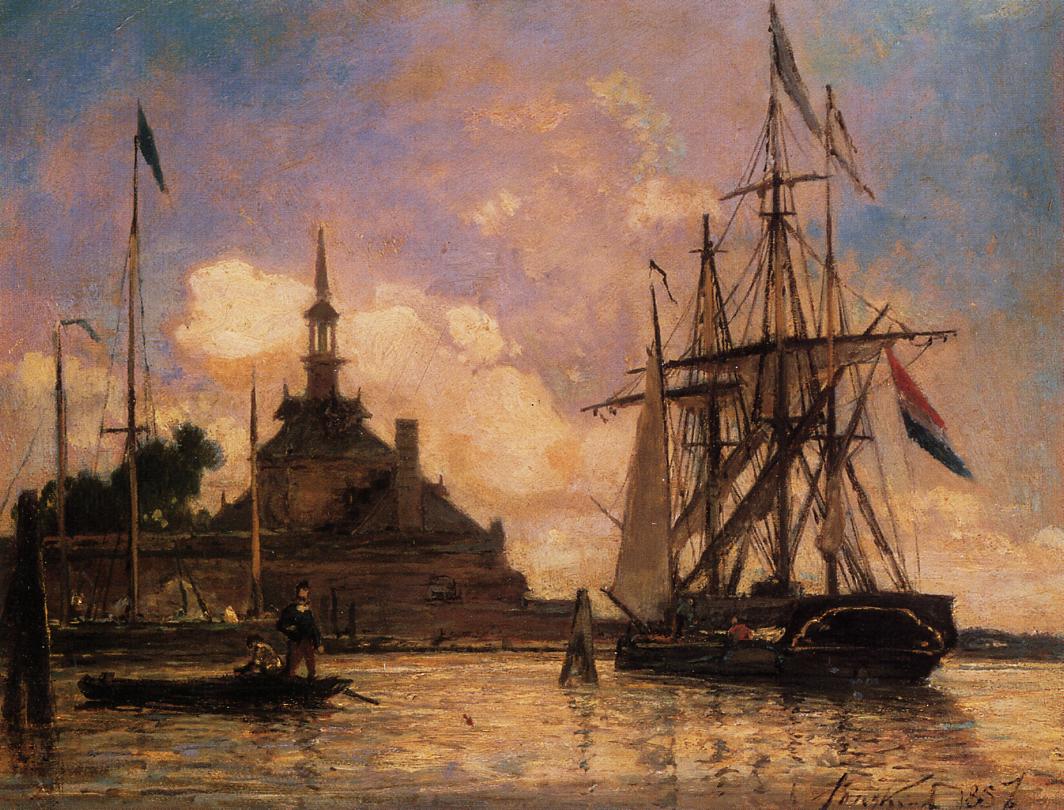
Paris Air Show 2017 - planes and helicopters
Undoubtedly one of the biggest stars on the show floor this year, the Lockheed Martin F-35A Lightning II. In daily demonstrations, the factory pilot presented a bunch of acrobatic stunts in the air, unattainable for the 4th generation aircraft, despite the limitation of overloads to 7 g.
On June 19–25, the capital of France again became a place to which the attention of aviation and space industry specialists is riveted. The 52nd International Aviation and Space Salon (Salon International de l'Aéronautique et de l'Espace) in Paris provided an opportunity to present several premieres from the military and paramilitary sector of the global aviation industry. More than 2000 exhibitors provided tens of thousands of visitors, including about 5000 accredited journalists, with a lot of interesting facts.
The set was complemented by truly tropical weather, which, on the one hand, did not spoil the observers, and on the other hand, allowed the pilots of the aircraft on display to fully imagine the capabilities of the machines.
Multipurpose combat aircraft
We will start this review with five types of multi-role combat aircraft presented "in nature", not counting the models hidden in the halls. Their numerous presence includes the result of the needs of the armed forces of European countries, planning a change in the generations of the aircraft used. According to some reports, in the coming years, the countries of the Old Continent will purchase about 300 new cars of this class. Therefore, it is not surprising that three of the five key players in this market segment showed their products in Paris, which, most likely, will divide this market among themselves. We are talking about: Airbus Defense & Space, which presented the Eurofighter Typhoon at its stand, the French company Dassault Aviation with its Rafale and the American giant Lockheed Martin, whose colors were protected by the F-16C (at the stand of the US Department of Defense). Defense, which still has a chance of license sales to India, which was confirmed by the announcement of the deployment in this country of the assembly line of the Block 70) and F-35A Lightning II. In addition to these machines, a modernized Mirage 2000D MLU aircraft was demonstrated at the stand of the French agency DGA. Unfortunately, despite initial announcements, the Chinese equivalent of the F-35, the Shenyang J-31, has not arrived in Paris. The latter, like the Russian cars, was presented only as a mock-up. Among those missing were also Boeing with its F/A-18E/F Super Hornet, as well as Saab, which flew over a prototype version of the JAS-39E Gripen a few days before the Salon.
The presence of the F-35A Lightning II in Paris was by far the most interesting. The Americans, given the European demand, which includes not only the "classic" version of the F-35A, want to use every opportunity to earn promotional points. Two linear aircraft from the Hill base in the Block 3i configuration (more on this later) flew to the capital of France, but during the daily demonstrations of the machine in flight, a Lockheed Martin factory pilot sat at the helm. Interestingly, both vehicles did not have any (visible from the outside) elements that increase the effective radar reflection surface, which until now was the "standard" for non-US shows B-2A Spirit or F-22A Raptor. The machine put on a dynamic flight show, which was, however, limited to a g-force that could not exceed 7 g, which was the result of using the Block 3i software - despite this, maneuverability can be impressive. There are no American 4 or 4,5 generation aircraft. it does not even have comparable flight characteristics, and the only designs with similar capabilities in other countries are with a controlled thrust vector.
This year has been very fruitful for the F-35 program (see WiT 1 and 5/2017). The manufacturer has begun deliveries of small-scale F-35Cs to the Lemur Naval Aviation Base, where the first US Navy squadron is being formed on the basis of these aircraft (to enter the initial combat readiness in 2019), the USMC is transferring the F-35B to the Iwakuni base in Japan with additional US Air Force vehicles made the first sortie in Europe. The contract for the 10th low-volume batch resulted in a $94,6 million price reduction for the F-35A Lightning II. Moreover, both foreign final assembly lines were put into operation, in Italy (the first Italian F-35B was built) and in Japan (the first Japanese F-35A). Two more important events are planned before the end of the year - the delivery of the first Norwegian F-35A to the base in Erland and the completion of the research and development phase. Currently, the F-35 family aircraft are operated from 35 bases around the world, their total flight time is approaching the milestone of 12 hours, which shows the scale of the program (about 100 units have been delivered so far). Increasing production rates saw Lockheed Martin hit a $000 million price tag for the F-220A Lightning II in 2019. Of course, this will be possible if we manage to complete the contract, which is currently being negotiated, for the first long-term (high-volume) contract, which should cover three production batches for a total of about 35 copies.
